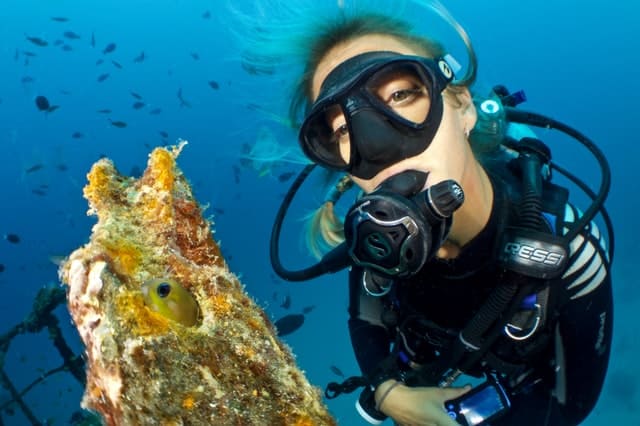All about the Regulator
When it comes to preparing to scuba dive, you deal with many different types of equipment. One of these is the regulator. The regulator is what gives you the ability to breathe underwater comfortably and with little strain. Understanding some of the main points of this equipment will help you when you go to dive.
The material(s) used to make the regulator are often stainless steel or even titanium metals. They work well underwater and provide durability and strength. There are two stages to the regulator, each plays a role in helping you to breathe underwater.
The first stage is what is attached to the scuba tank valve. The tanks air pressure is reduced as it is rerouted to other hoses. The second stage is what actually goes into your mouth. When you breathe, the connection between the two stages is what gives you enough air to breathe comfortably. You only get what you need, allowing you to have control over the amount of air you receive.
Another feature is the low-pressure BCD inflator that is connected to the first stage through another hose. Hoses can be made of different materials to provide the best flexibility underwater. An example is a braided hose which is becoming more common because they are lightweight.
Finally, the SPG or submersible pressure gauge, tells you how much air is left in the tank. Watching the gauge will tell you how much longer you can dive safely. Always be mindful of this gauge and pay attention to your PADI certified instructor. The SPG should be securely attached in an easy-to-read place so that you never have to go looking for it.
There are also a variety of optional features that can become a part of your regulator like under-the-arm hoses or specialty seals that can keep everything sound when diving in especially cold areas. As you get more comfortable with using the regulator, you can think about becoming a PADI certified diver. We offer certification as an option when you go diving with us in Maui or if you are looking for a beginner dive tour, we do that too.


